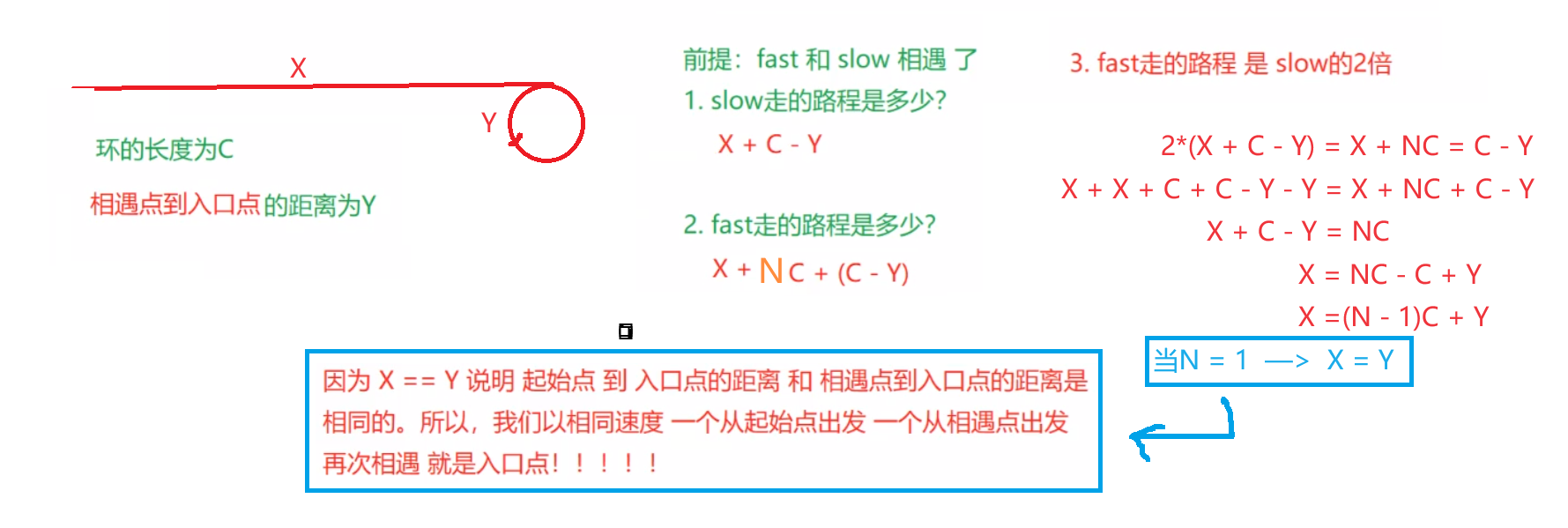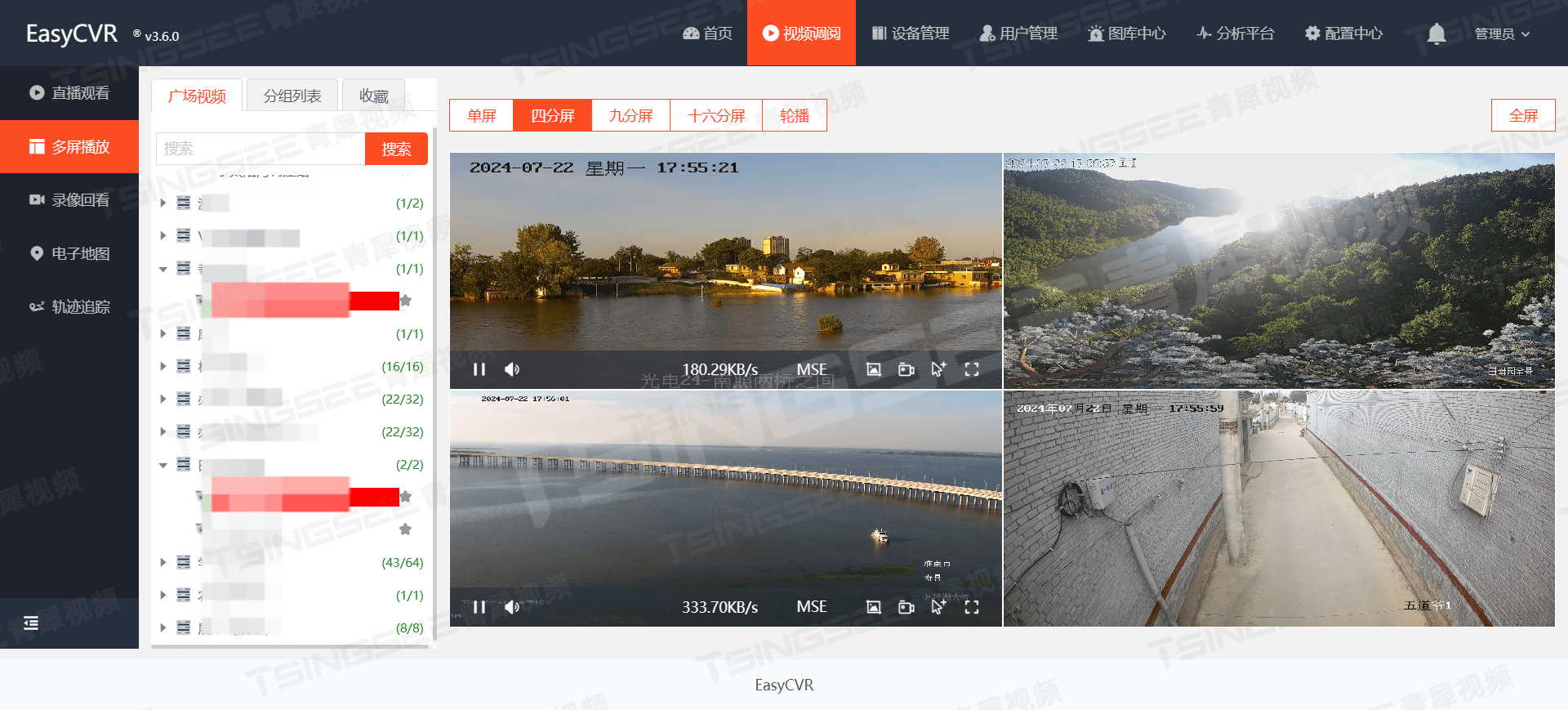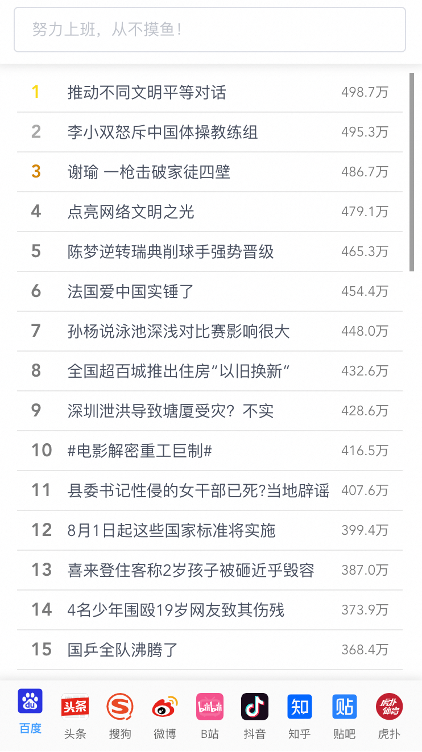所有的查询都需要连接数据库,而连接数据库消耗资源
我们可以把一次查询的结果暂时存在一个可以直接获取到的地方(内存:缓存)
我们再次查询相同数据的时候,直接走缓存,不走数据库
缓存:存在内存中的临时数据
将用户经常查询的数据放在缓存(内存)中,
用户去查询数据就不用从磁盘上(关系型数据库数据文件)查询,
从缓存中查询,从而提高查询效率,解决高并发系统的性能问题
经常查询且不经常改变的数据可以使用缓存
使用缓存可以减少和数据库的交互次数,减少系统开销,提高系统效率
读写分离,主从复制
Mybatis 系统中默认定义了两级缓存:一级缓存(本地)和二级缓存(全局缓存)
默认情况下,只有一级缓存开启(SqlSession 级别的缓存,也称本地缓存)
二级缓存需要手动开启和配置,它是基于 namespace 级别的缓存,一个空间名称对应一个二级缓存
为了提高扩展性,Mybatis 定义了缓存接口 Cache
可以通过实现 Cache 接口来自定义二级缓存
一级缓存:
映射语句文件中的所有 select 语句的结果将会被缓存
写个接口:
//根据ID查询用户
User getUserById(@Param("id") int id);动态 SQL:
<select id="getUserById" resultType="com.demo.pojo.User">
select * from user
<where>
<if test="id != null">
id = #{id}
</if>
</where>
</select>测试:判断两次查询结果是否相同
//根据id查询
@Test
public void getUserById(){
SqlSession sqlSession = MybatisUtils.getSqlSession();
UserMapper mapper = sqlSession.getMapper(UserMapper.class);
User user = mapper.getUserById(1);
System.out.println(user);
User user1 = mapper.getUserById(1);
System.out.println(user1);
System.out.println(user==user1);
sqlSession.close();
}结果为 true:

映射语句文件中的所有 insert、update 和 delete 语句会刷新缓存
写个接口:
//修改数据
int update(User user);动态 SQL:
<update id="update" parameterType="com.demo.pojo.User">
update user
<set>
name = #{name}
</set>
<where>
id = #{id}
</where>
</update>测试:
修改一条数据
//修改数据
@Test
public void update(){
SqlSession sqlSession = MybatisUtils.getSqlSession();
UserMapper mapper = sqlSession.getMapper(UserMapper.class);
User user = mapper.getUserById(2);
System.out.println(user);
mapper.update(new User(1,"张三"));
User user1 = mapper.getUserById(2);
System.out.println(user1);
System.out.println(user==user1);
sqlSession.close();
}运行结果为 false:刷新缓存

缓存失效的情况:
1.查询不同
2.增删改操作,可能会改变原来的数据,所以必定刷新缓存
3.查询不同的 Mapper.xml
4.手动清理缓存,sqlSession.clearCache();
二级缓存:
一级缓存默认开启,只在一次 SqlSession 中有效,也就是拿到连接到关闭连接这个区间段
默认情况下,只启用了本地的会话缓存(一级),它仅仅对一个会话中的数据进行缓存
要启用全局的二级缓存,只需要在你的 SQL 映射文件(mapper.xml)中添加一行 <cache/>
工作机制:
一个会话查询一条数据,这个数据会被放在当前会话的一级缓存中
当前会话关闭,一级缓存中的数据被保存到二级缓存中
新的会话查询信息,就从二级缓存中获取内容
不同的 mapper 查出的数据会放在自己对应的缓存(map)中
mybatis-config.xml 开启全局缓存:
<settings>
<!-- 显示的开启全局缓存 -->
<setting name="cacheEnabled" value="true"/>
</settings>在当前 Mapper.xml 中使用二级缓存:
<!-- 在当前 Mapper.xml 中使用二级缓存 -->
<cache eviction="FIFO" flushInterval="60000" size="512" readOnly="true"/>可用的清除策略有:
LRU – 最近最少使用:移除最长时间不被使用的对象(默认的清除策略是 LRU)
FIFO – 先进先出:按对象进入缓存的顺序来移除它们
SOFT – 软引用:基于垃圾回收器状态和软引用规则移除对象
WEAK – 弱引用:更积极地基于垃圾收集器状态和弱引用规则移除对象
flushInterval(刷新间隔)、size(引用数目)、readOnly(只读)
二级缓存是事务性的,当 SqlSession 完成并提交时,或是完成并回滚,
但没有执行 flushCache=true 的 insert/delete/update 语句时,缓存会获得更新
测试:
@Test
public void test(){
SqlSession sqlSession = MybatisUtils.getSqlSession();
SqlSession sqlSession2 = MybatisUtils.getSqlSession();
UserMapper mapper = sqlSession.getMapper(UserMapper.class);
User user = mapper.getUserById(1);
System.out.println(user);
sqlSession.close();
UserMapper mapper2 = sqlSession2.getMapper(UserMapper.class);
User user2 = mapper2.getUserById(1);
System.out.println(user2);
System.out.println(user==user2);
sqlSession2.close();
}结果为 true:
![]()
缓存会使用最近最少使用算法(LRU, Least Recently Used)来清除不需要的缓存
缓存不会定时进行刷新(也就是说,没有刷新间隔)
缓存会保存列表或对象(无论查询方法返回哪种)的 1024 个引用
缓存会被视为读/写缓存,这意味着获取到的对象并不是共享的,
可以安全地被调用者修改,而不干扰其他调用者或线程所做的潜在修改
缓存只作用于 cache 标签所在的映射文件中的语句
如果混合使用 Java API 和 XML 映射文件,在共用接口中的语句将不会被默认缓存,
需要使用 @CacheNamespaceRef 注解指定缓存作用域
小结:
1.只要开启了二级缓存,在同一个 Mapper 下就有效
2.所有的数据都会先放在一级缓存中
3.只有当会话提交或者关闭时,才会提交到二级缓存中(类似转存)
Mybatis 缓存原理(顺序):
1.先看二级缓存中有没有
2.再看一级缓存中有没有
3.查询数据库
自定义缓存 EhCache:
EhCache 是一个纯 Java 的进程内缓存框架
pom.xml 导入 mybatis-ehcache 的 jar 包
<dependency>
<groupId>org.mybatis.caches</groupId>
<artifactId>mybatis-ehcache</artifactId>
<version>1.2.3</version>
</dependency>mapper.xml 使用自定义缓存:
<cache type="org.mybatis.caches.ehcache.EhcacheCache"/>resoures 目录下创建 ehcache.xml:
<?xml version="1.0" encoding="UTF-8"?>
<ehcache xmlns:xsi="http://www.w3.org/2001/XMLSchema-instance"
xsi:noNamespaceSchemaLocation="http://ehcache.org/ehcache.xsd"
updateCheck="false">
<diskStore path="./tmpdir/Tmp_EhCache"/>
<defaultCache
eternal="false"
maxElementsInMemory="10000"
overflowToDisk="false"
diskPersistent="false"
timeToIdleSeconds="1800"
timeToLiveSeconds="259200"
memoryStoreEvictionPolicy="LRU"/>
<cache
name="cloud_user"
eternal="false"
maxElementsInMemory="5000"
overflowToDisk="false"
diskPersistent="false"
timeToIdleSeconds="1800"
timeToLiveSeconds="1800"
memoryStoreEvictionPolicy="LRU"/>
</ehcache>


















